Як Рівень 2 змінює досвід Криптоактивів: Швидкість, Вартість та Масове Прийняття
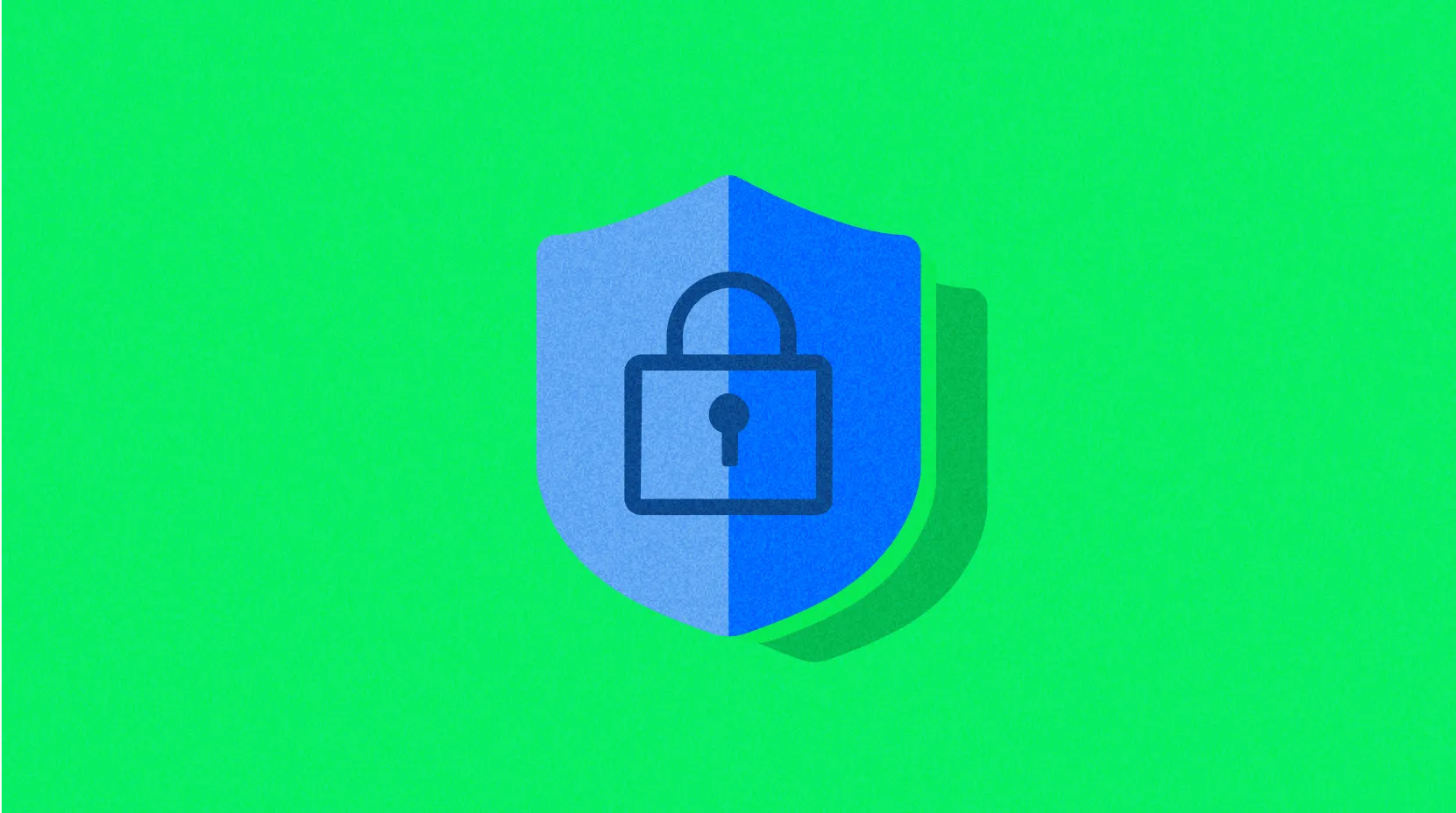
Розуміння рішень на рівні 2
Рішення другого рівня будуються на основі існуючих блокчейнів першого рівня, щоб збільшити швидкість транзакцій та зменшити комісії за газ. Ці рішення відвантажують частину обробки транзакцій від основного блокчейну, значно покращуючи пропускну здатність та ефективність. Рішення другого рівня особливо важливі для Ethereum, оскільки мережа Ethereum першого рівня зараз обробляє лише 15 транзакцій на секунду (TPS). Це обмеження призводить до високих комісій за газ та повільних часів транзакцій, що утруднює широке поширення децентралізованих додатків (dApps).
Ключове рішення Рівень 2
Роллапи
Rollups - найбільш поширене рішення Рівня 2. Вони об'єднують кілька транзакцій в одну партію, яку потім відправляють на головний ланцюжок, зменшуючи навантаження на Рівень 1. Роллапи головним чином існують у двох формах:
- Оптимістичні ролапи: Ці припущені угоди за замовчуванням є дійсними та виконують шахрайські докази лише у випадку виявлення розбіжностей. Основні гравці включають Optimism та Arbitrum, які забезпечують збільшену пропускну здатність та зменшення витрат. Наприклад, Arbitrum став першим Рівнем 2, що перевищив обсяг угод на суму понад 300 мільярдів доларів на протоколі Uniswap, підкреслюючи його критичну роль у DeFi.
- Агрегація знань без знань (ZK)Ці використовують криптографічні докази для перевірки транзакцій, а потім публікують їх в ланцюг, забезпечуючи валідність без виконання на ланцюгу. Ключові учасники включають zkSync та StarkNet, які пропонують швидшу завершеність та більшу безпеку. Наприклад, рішення Рівня 2 від zkSync відоме своєю високою масштабованістю та безпекою, що робить його популярним вибором для платформ DeFi та NFT.
Канали стану
Канали стану дозволяють користувачам проводити кілька позачергових транзакцій без залучення Рівня 1 в кожній взаємодії. Лише початковий та кінцевий стани записуються на ланцюжку, що робить їх добре підходящими для мікротранзакцій. Біткоїн Lightning Network та Ethereum Raiden Network є помітними прикладами.
Бічний ланцюг
Сайдчейни - це незалежні блокчейни, які працюють паралельно з головним ланцюгом, але з'єднані з головним ланцюгом. Вони обробляють велику кількість транзакцій і регулярно вирішують результати на головному блокчейні, щоб забезпечити безпеку та прозорість. Полігон спочатку був розроблений як сайдчейн і перетворився в важливе рішення масштабування на Рівні 2 з різноманітними інструментами, включаючи zk-rollups та optimistic rollups.
Переваги рішення рівня 2
Покращена масштабованість
Рішення рівня 2 значно збільшує можливості мережі рівня 1 з обробки транзакцій. Наприклад, порівняно з поточним обмеженням приблизно 15 TPS для Ethereum, мережа рівня 2 може обробляти тисячі транзакцій на секунду. Ця покращена масштабованість може сприяти зростанню додатків та підтримувати більшу базу користувачів.
Зменшити витрати на транзакції
Відвантажуючи транзакції з ланцюжка, рішення рівня 2 значно зменшують вартість газу. Наприклад, Arbitrum та Optimism вимагають лише кілька центів вартості транзакцій навіть при великому трафіку. Зменшені витрати роблять технологію блокчейну більш доступною для користувачів та проєктів.
Швидші транзакції
Рішення рівня 2 обробляють транзакції поза ланцюжком та вирішують кінцевий стан лише на Рівні 1, досягаючи майже миттєвих швидкостей транзакцій. Це поліпшення швидкості покращує досвід користувачів та сприяє прийняттю технології блокчейну в реальних застосуваннях.
широко застосовується
Рішення рівня 2 знижують поріг входження до технології блокчейн, роблячи її більш доступною. Зменшені витрати на транзакції та швидше час обробки роблять децентралізовані фінанси (DeFi), NFT та інші інновації на основі блокчейну більш доступними для не технічних користувачів і традиційних галузей промисловості. Наприклад, платформа NFT рівня 2 Immutable X надає безкоштовне миття та торгівлю газом, що усуває головний поріг входження.
Реальний світовий вплив
Протокол децентралізованих фінансів
Рішення рівня 2 мають значний вплив на протоколи DeFi. Наприклад, Uniswap на Arbitrum пропонує зниження комісій за транзакції та швидші обміни токенів, роблячи його привабливою платформою для постачальників ліквідності та трейдерів. Так само, Aave та Synthetix використовують рішення рівня 2, такі як Optimism, для надання можливості дешевого позичання та торгівлі синтетичними активами.
Платформа NFT
Рішення рівня 2 також змінили платформи NFT. Immutable X, побудований за допомогою zk-rollups, пропонує безкоштовне мінтінг та торгівлю NFT, що робить цю технологію більш доступною для художників та геймерів. Це призвело до значного зростання у прийнятті та інноваціях NFT в секторах цифрового мистецтва та геймінгу.
Оплата
Рішення другого рівня, такі як Loopring та Raiden Network, роблять платежі криптоактивів більш ефективними та вигідними. Ці рішення обробляють тисячі транзакцій на секунду, що робить їх ідеальними для обробки великого обсягу платежів та децентралізованих бірж.
Майбутні перспективи
З неперервним розвитком рішень Рівня 2 очікується, що вони візьмуть на себе ключову роль у майбутньому технології блокчейну. Ключові розвитки включають:
- Покращена взаємодія: Покращена сумісність між мережами рівня 1 та рівня 2 створить єдину екосистему блокчейну, покращуючи досвід користувачів та доступність.
- Інноваційні рішення для розширення: Технології, такі як zk-докази та вдосконалені rollups, продовжать розвиватися, що сприятиме подальшому покращенню продуктивності.
- широко прийнятийЗ покращенням масштабованості технології блокчейн стане більш практичним, сприяючи основне ухвалення.
Висновок
Рішення рівня 2 вирішують проблеми масштабованості та вартості, з якими стикаються блокчейни рівня 1, що змінює досвід Криптоактивів. Покращуючи швидкість транзакцій, зменшуючи комісії та сприяючи масовому прийняттю, технологія рівня 2 робить блокчейн більш доступним та ефективним для користувачів та розробників. По мірі того, як ці рішення продовжують вдосконалюватися та інновацій, вони візьмуть на себе ключову роль у майбутньому екосистеми блокчейну, відкриваючи шлях для широкого прийняття та нових застосувань у різних галузях.
“

Найкращі проекти Рівень 2, які варто підписатися в 2025 році: від Arbitrum до zkSync
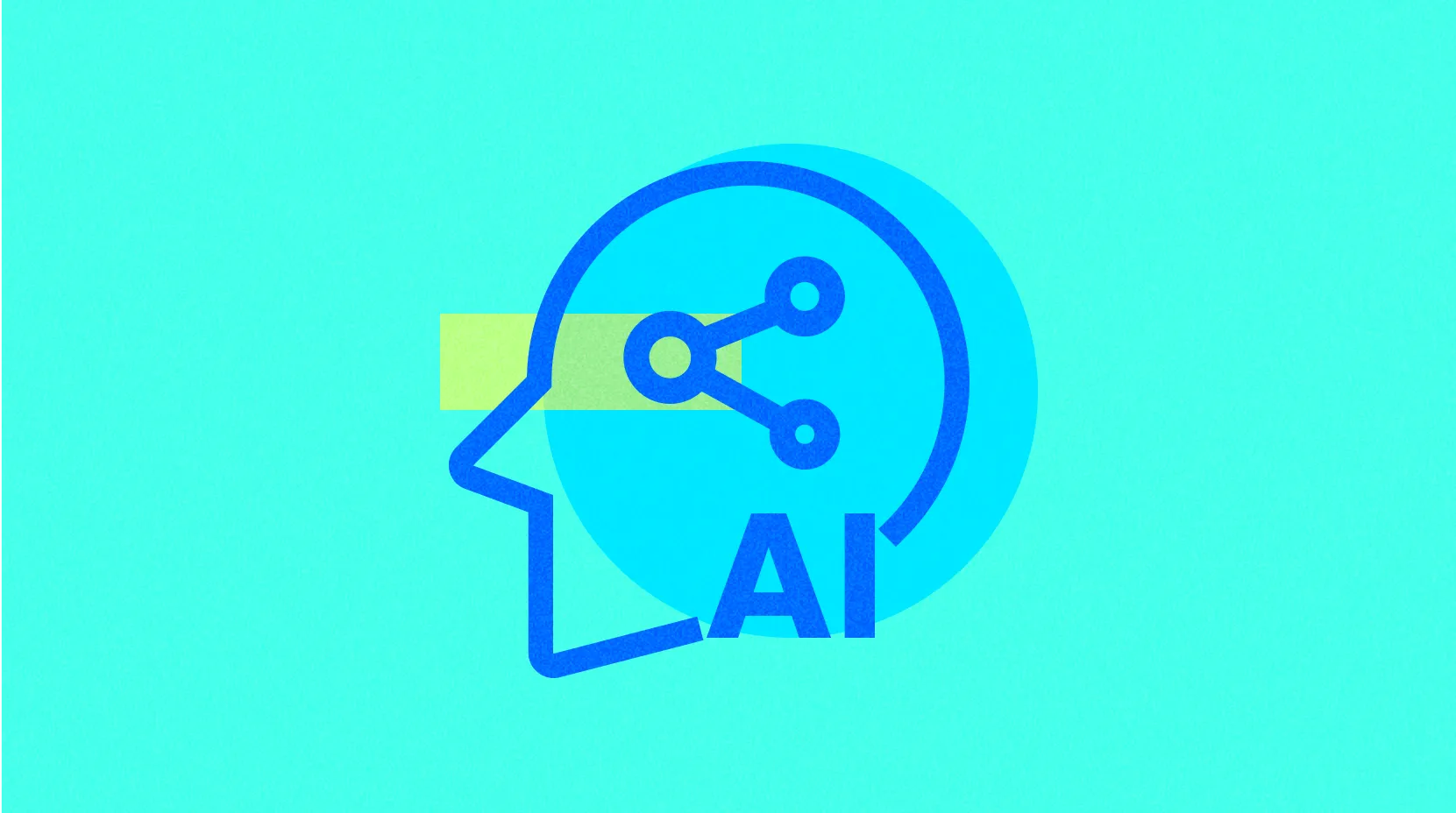
Pepe Unchained: Pepe Meme Coin еволюціонує в екосистему другого рівня

2025 Рішення на 2-му рівні: Масштабованість Ethereum та оптимізація продуктивності Web3
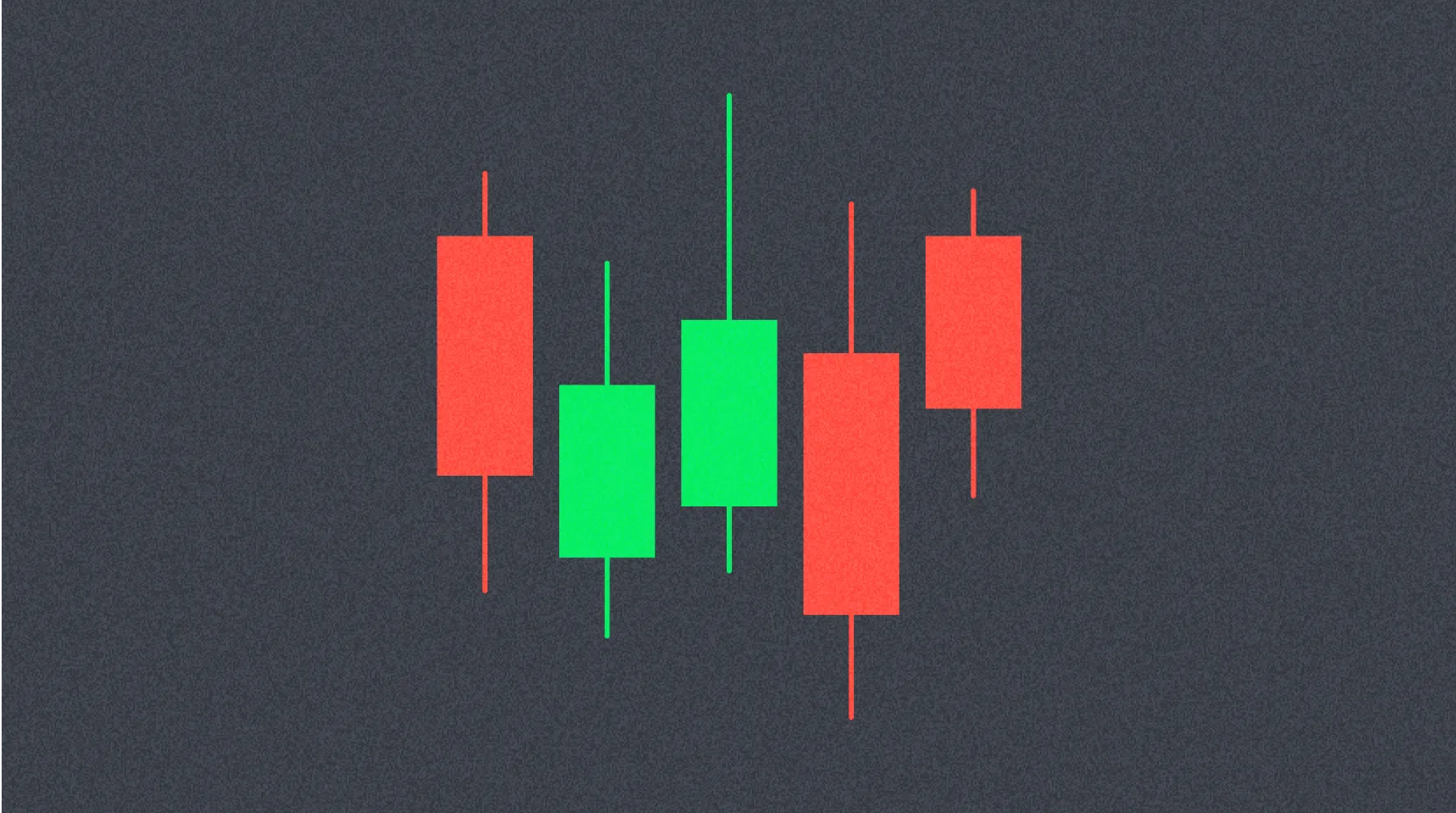
Що таке Рівень 2 у криптовалютах? Розумійте рішення для масштабування для Ethereum
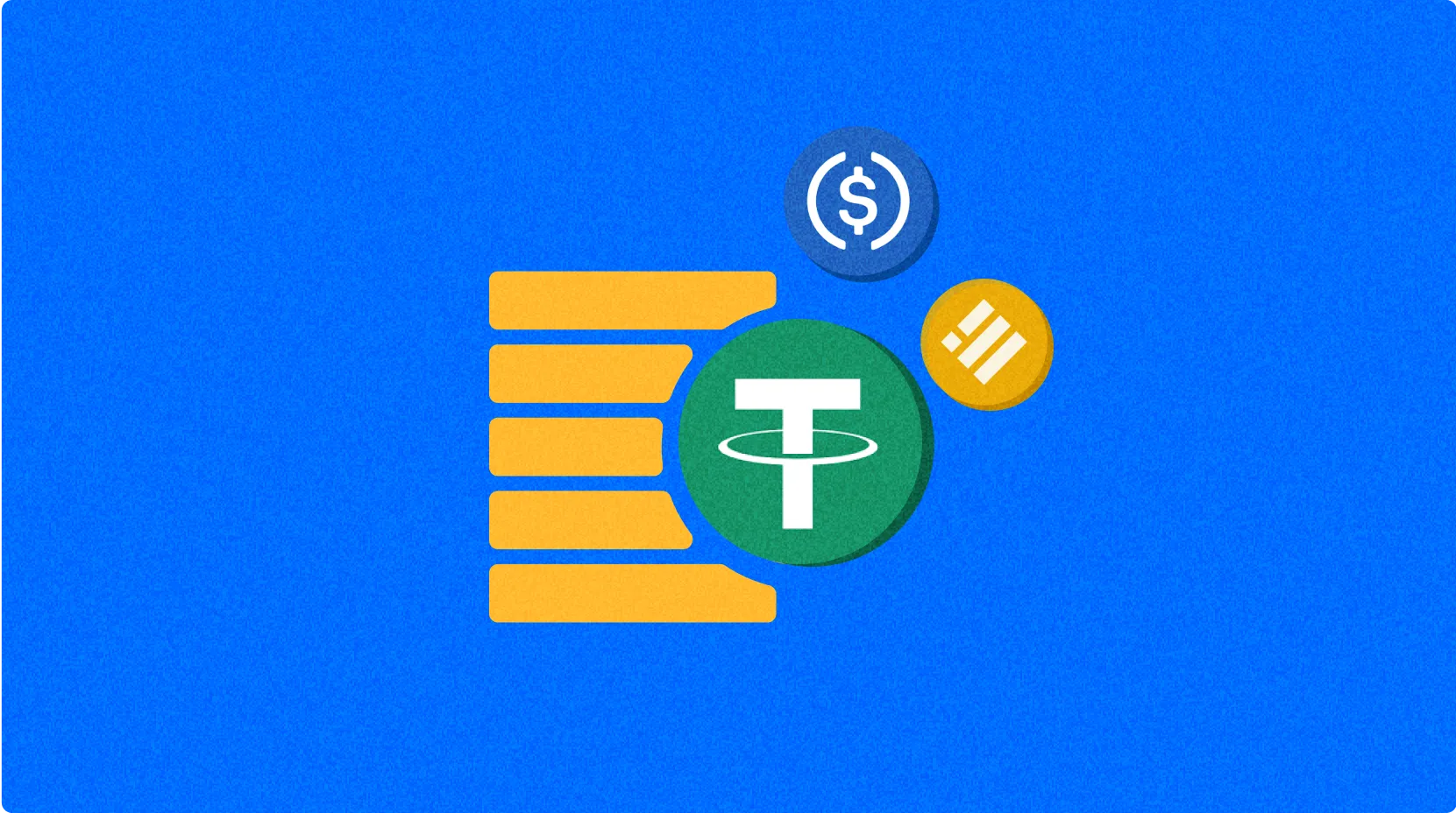
Як нові криптовалютні активи інноваційно розвивають блокчейн: інновації у швидкості, безпеці та масштабованості
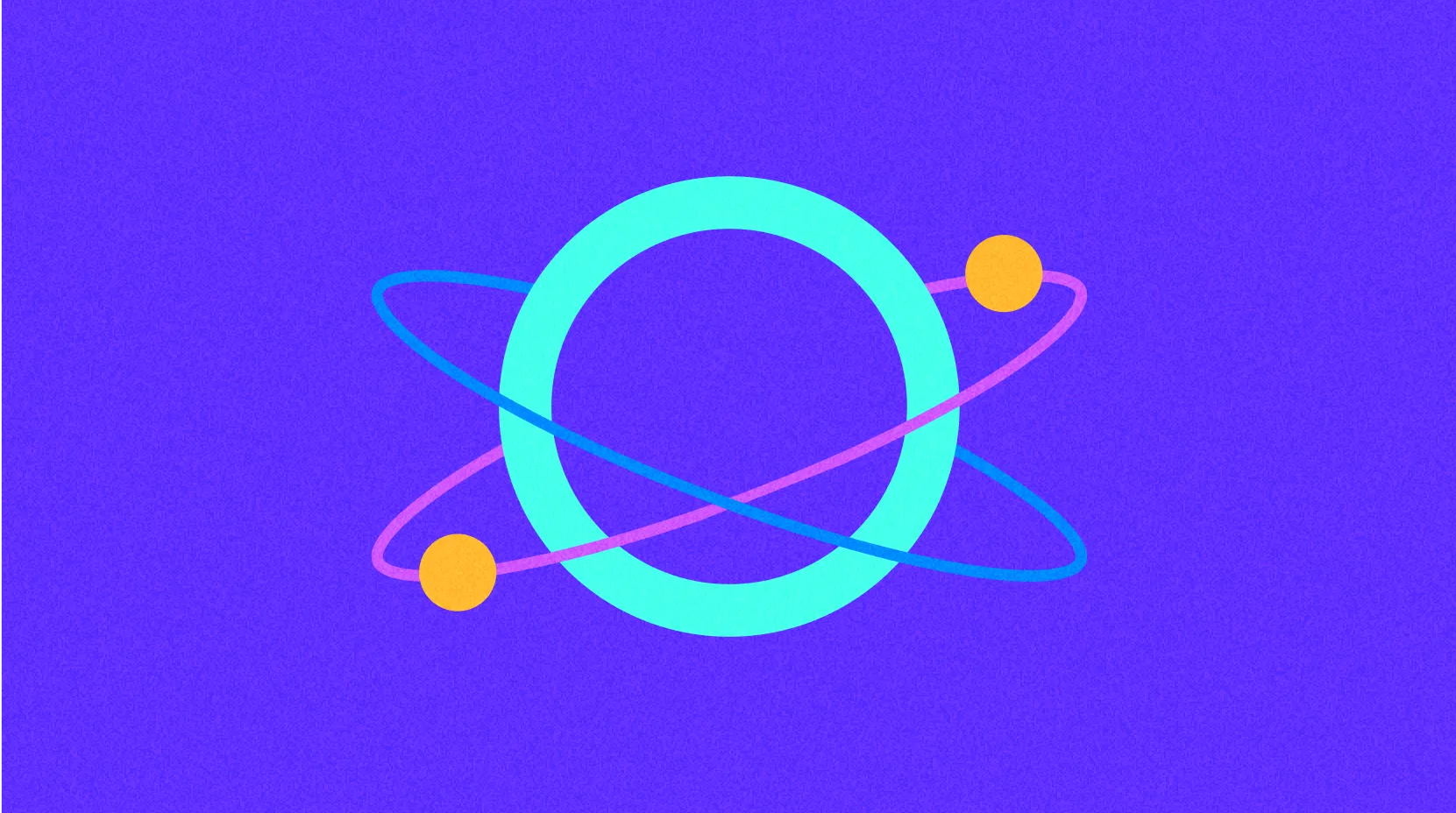
Pepe Unchained (PEPU): Building the New Era of Meme Coins on Рівень 2

Щоденний комбо Hamster Kombat та відповідь на шифр 17 грудня 2025 року

Movement Network (MOVE): чи варто інвестувати?: Комплексний огляд токеноміки, технологічних рішень і можливостей ринку

Відповідь на щоденну вікторину Xenea 17 грудня 2025 року
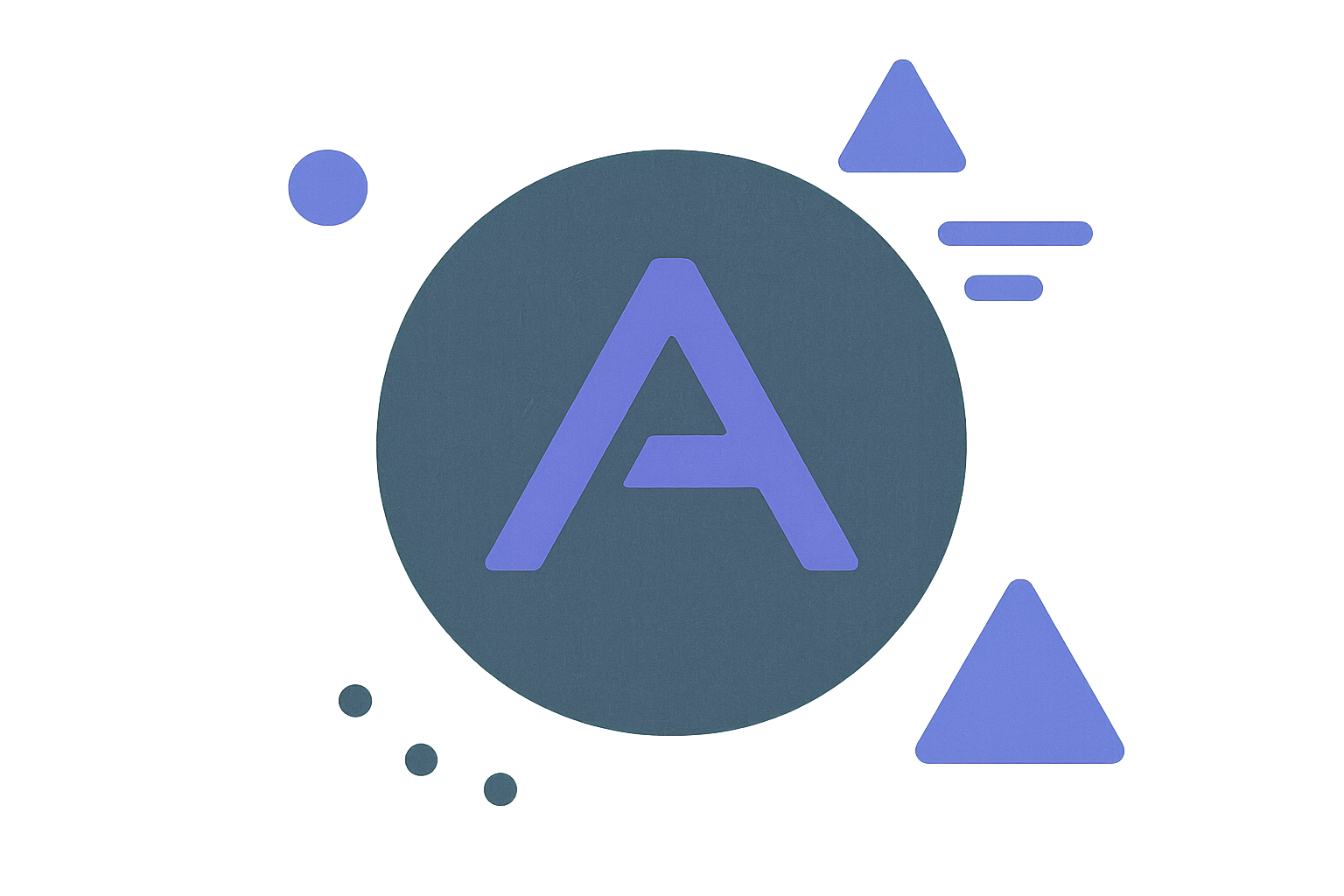
Чи варто інвестувати в Arkham (ARKM)?: Огляд основних параметрів токена, перспектив ринку та ризиків у 2024 році

Чи варто інвестувати в DigiByte (DGB)?: Детальний аналіз ризиків, можливостей і ринкового потенціалу на 2024 рік







